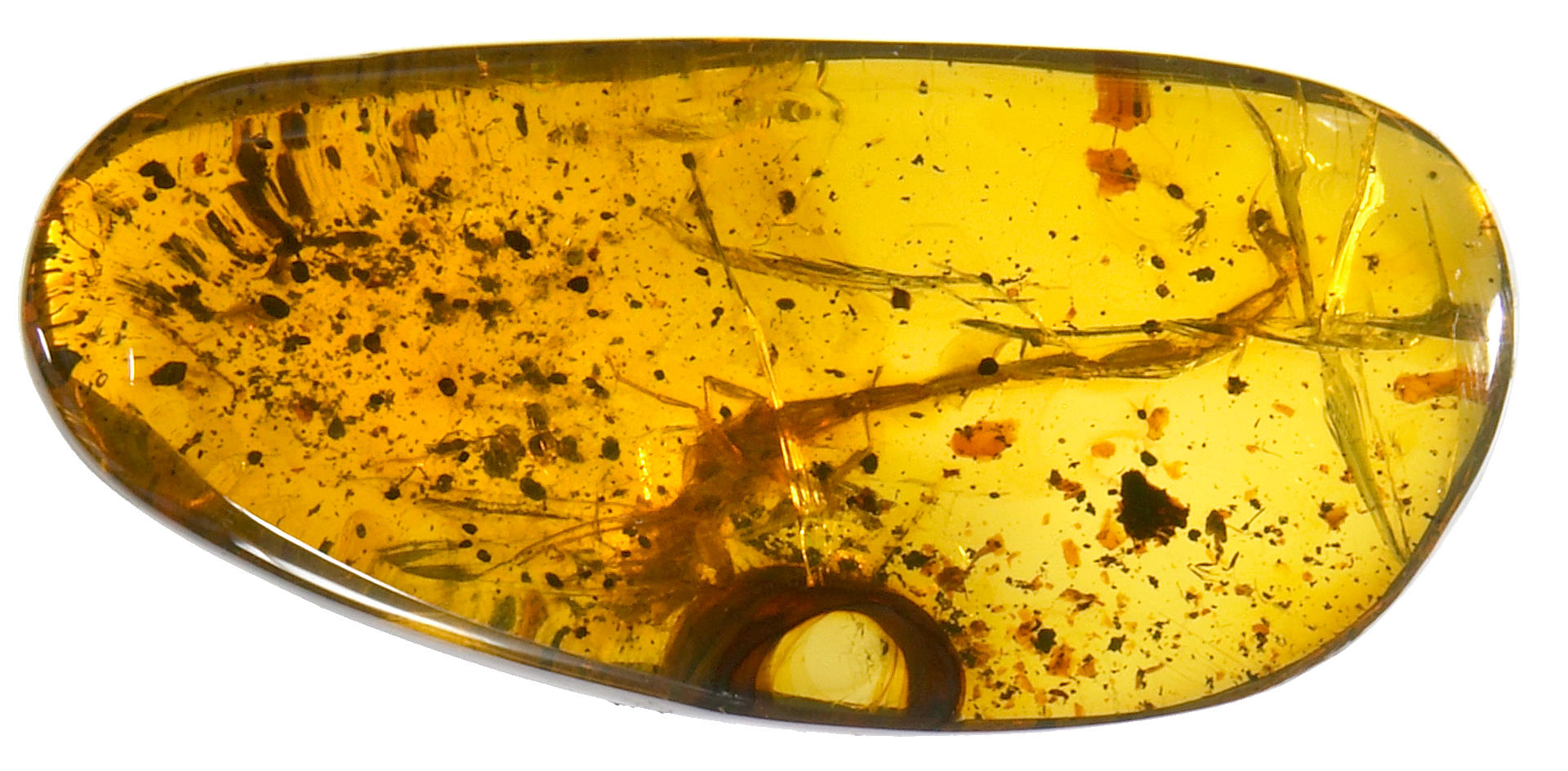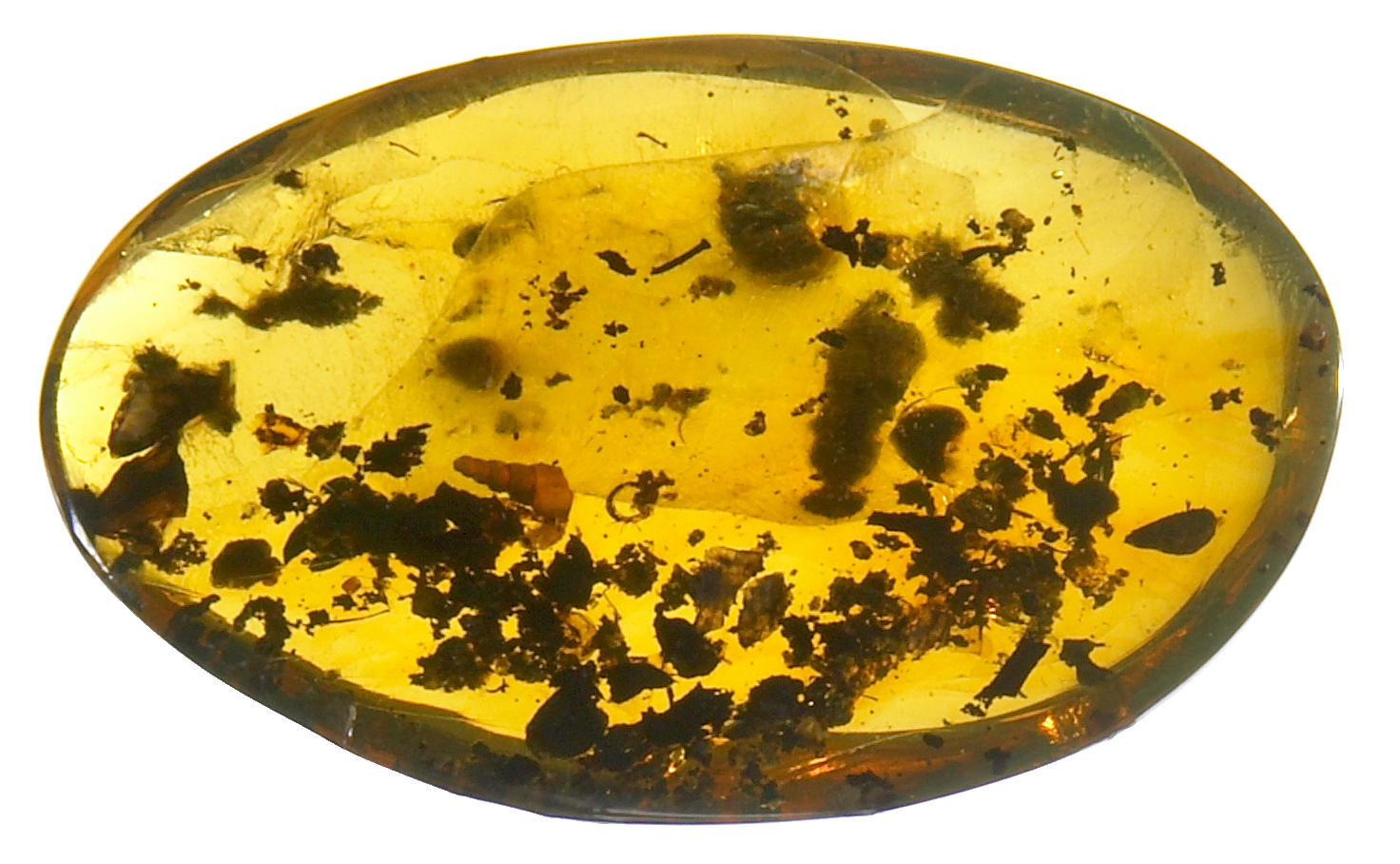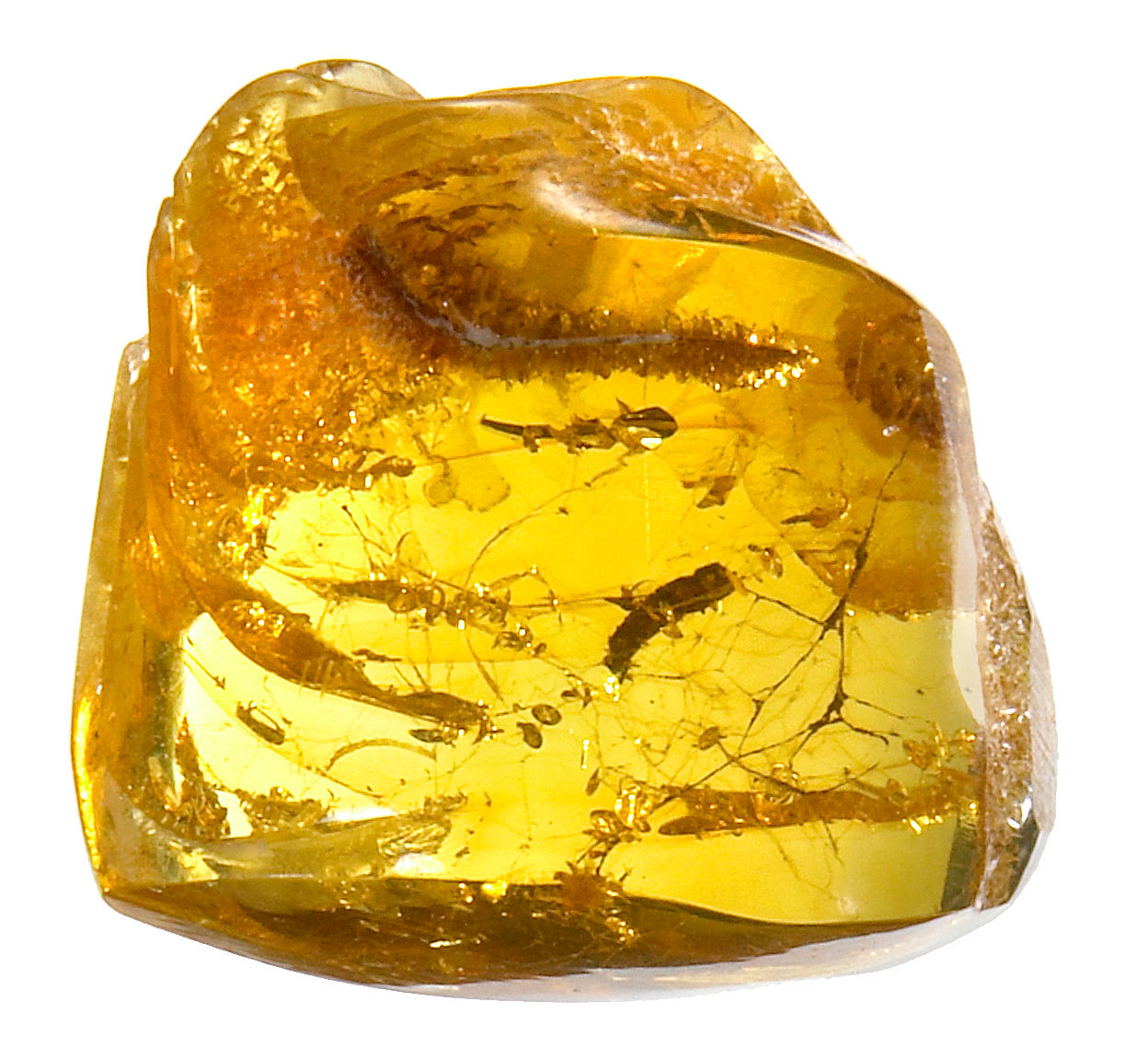Ophiuroides sp. Ordovician Kataoua Formation, Mecissi, Morocco An excellently preserved plaque displays numerous brittle stars of varying sizes and an unusual coral specimen. Often misidentified as starfish, brittle stars belong to the phylum, Echinodermata. Starfish belong to the Class Asteroidea, with five arms that attach to each other. Brittle stars belong to the Class Ophiuroidea, possessing five thin arms attached to a central disk (calyx), which do not touch one another at their base. Brittle stars appeared in the Ordovician and have existed since then, inhabiting every ocean biozone. Their body is made up of a calcium carbonate (calcite) skeleton. Like starfish, they have the ability to regenerate arms. Presentation measures 18 1/2 x 16in; Largest specimen measures 6 3/4 x 5in
Ophiuroides sp. Ordovician Kataoua Formation, Mecissi, Morocco An excellently preserved plaque displays numerous brittle stars of varying sizes and an unusual coral specimen. Often misidentified as starfish, brittle stars belong to the phylum, Echinodermata. Starfish belong to the Class Asteroidea, with five arms that attach to each other. Brittle stars belong to the Class Ophiuroidea, possessing five thin arms attached to a central disk (calyx), which do not touch one another at their base. Brittle stars appeared in the Ordovician and have existed since then, inhabiting every ocean biozone. Their body is made up of a calcium carbonate (calcite) skeleton. Like starfish, they have the ability to regenerate arms. Presentation measures 18 1/2 x 16in; Largest specimen measures 6 3/4 x 5in















Testen Sie LotSearch und seine Premium-Features 7 Tage - ohne Kosten!
Lassen Sie sich automatisch über neue Objekte in kommenden Auktionen benachrichtigen.
Suchauftrag anlegen